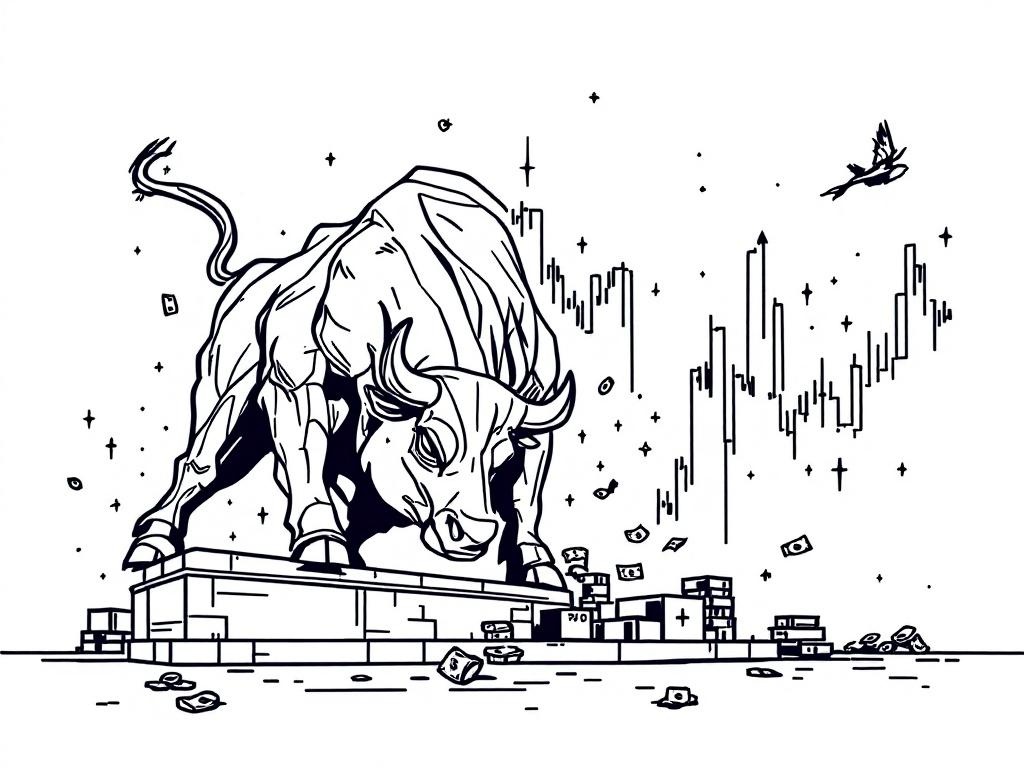Wall Street Bull Market Celebrates Third Anniversary Amidst AI Boom

New York, Tuesday, 14 October 2025.
Marking three years of growth, the current bull market reflects resilience and innovation, notably fueled by AI advancements. Investors are encouraged to reassess strategies amid evolving opportunities.
The Rise of the Bull Market
The current bull market, which began on October 12, 2022, has seen the S&P 500 index climb by approximately 83% over the past three years. This marks a significant recovery from its previous lows during the bear market that preceded it. The market’s trajectory has been notably influenced by technological advancements, particularly in artificial intelligence, which has driven optimism and investment across sectors [1][2].
Impact of AI and Technology on Market Growth
The AI boom has been a critical driver of the bull market’s growth. Major technology firms like Nvidia and Meta Platforms have seen their stock values soar, with Nvidia’s shares increasing by nearly 1,500% over the same period. This surge underscores the substantial role that AI and tech stocks have played in propelling the market forward, even as other sectors have lagged [2][3].
Challenges and Trade Tensions
Despite the market’s robust performance, recent developments have introduced volatility. Rising trade tensions between the United States and China, exacerbated by President Trump’s announcement of increased tariffs on Chinese goods, have led to fluctuations in market indices. These tensions, accompanied by China’s export controls on rare earth materials, have raised concerns among investors about the future stability of the market [1][4].
Economic Outlook and Investor Sentiments
Looking ahead, the market faces both opportunities and risks. While the current bull market has already surpassed historical averages in terms of duration and growth, the potential for further expansion remains, particularly if AI-related advancements continue to spur economic activity. However, investors must also be wary of geopolitical risks and potential policy shifts, which could impact market dynamics in the coming months [1][5].